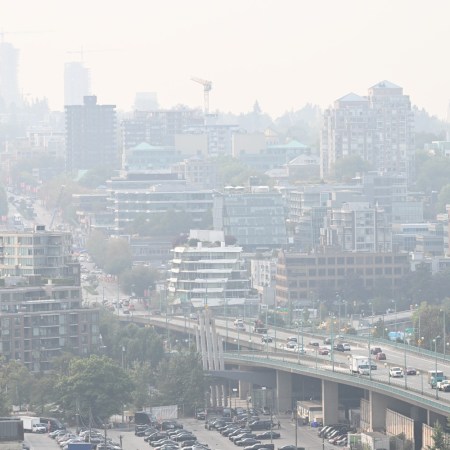As a rule, residents of the United States enjoy their orange juice. A Mashable article from 2021 cited data indicating that the country consumed approximately 741,022,800 gallons of OJ in 2020. And while that isn’t quite as much as, say, one of the Great Lakes, it’s still a substantial amount. But that could soon change — and a combination of unfortunately ubiquitous factors are to blame.
Alternately? Both climate change and supply chain issues have adversely affected countless things over the last few years. Orange juice’s troubles are due to both.
The Washington Post has an inside look at the challenges facing the industry — specifically, the juice-growing industry in Florida. The article cites the USDA’s estimate that Florida growers will produce 44.5 million boxes of orange. That might sound like a large amount — and it is, to an extent — but it also pales beside the peak production of past years, which has reached 244 million boxes annually.
Part of the dilemma facing the industry also has to do with the shifts in demand for orange juice, which dropped before the pandemic over concerns about sugar-filled beverages, but has surged back up since the pandemic began. But there are other factors as well, such as the spread of citrus greening, a disease which has also taken a toll on orange production.
What do all of these issues translate into for juice drinkers? The likely answer is: higher prices. So if you’ve rediscovered your fondness for orange juice in the last few years — or you never stopped — you might be paying a bit more when you head to the grocery store this year.
Thanks for reading InsideHook. Sign up for our daily newsletter and be in the know.


















